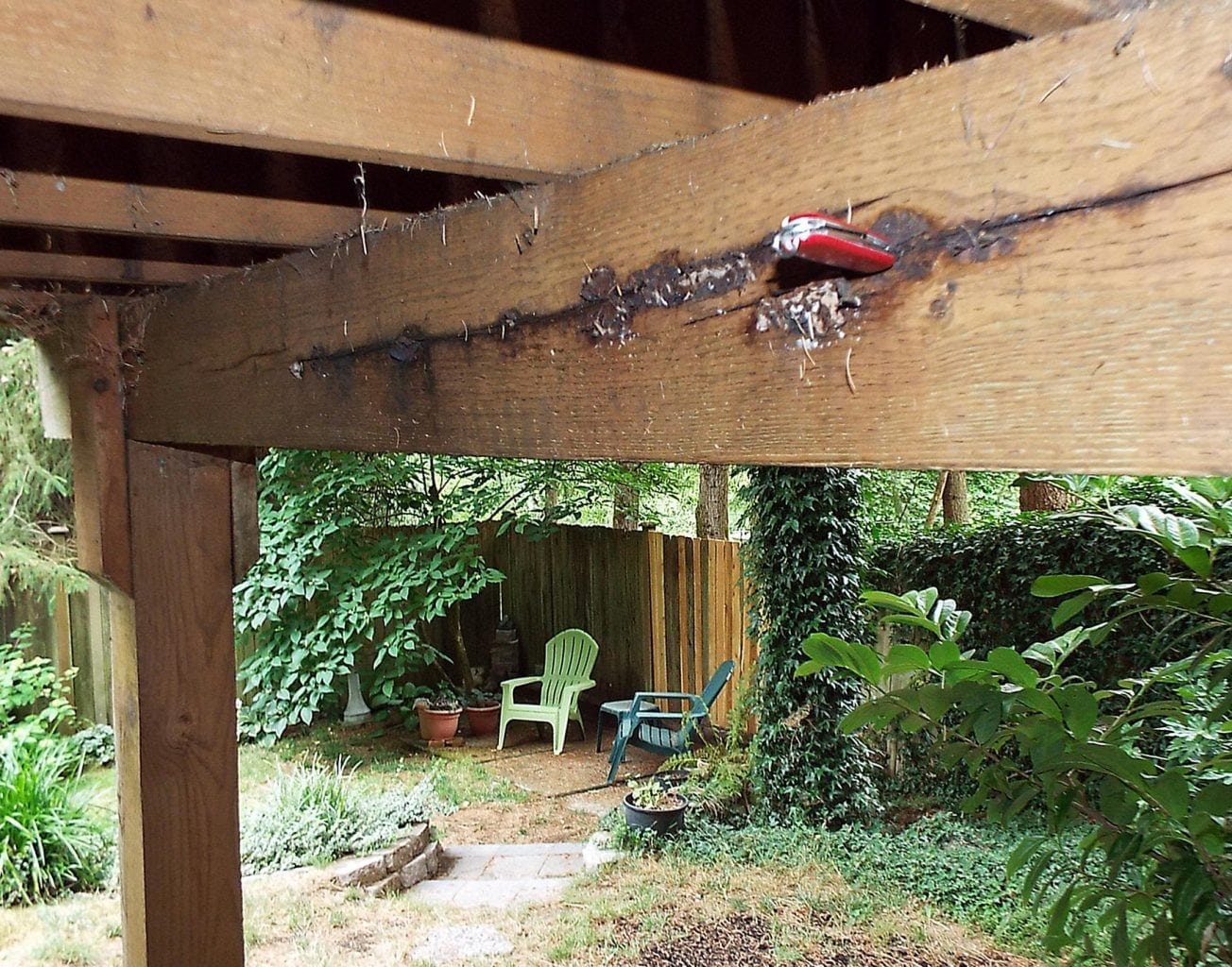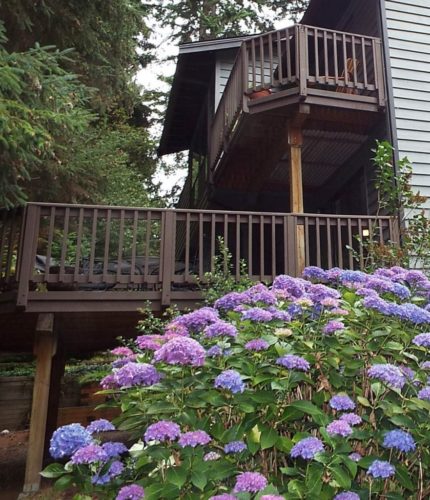

With all the recent deck collapses around the country it may be time once again to re-visit deck construction methods and materials.
Actually we have pretty much figured out the “methods.” It is getting builders to follow the proper method that is the problem with newer decks now. Many of the failures of older decks were the result of poor practices at the time of construction but may not have “technically” been against the codes of the time. Sorting all that out could be a nightmare in itself.
We clearly know HOW to build decks safe now–there is simply no excuse for catastrophic deck failures like we have been seeing in the news.
So if we have figured out the “methods,” what about the “materials” the decks are made of?
Modern decks are generally required to be constructed of rot resistant materials. Around here, that generally means “ground contact” pressure treated lumber.
I started thinking about the adequacy of this type of lumber when inspecting a deck recently. As near as I could tell the deck appeared to be about 20 years old. One of the support beams had a crack in the side of it. This is not unusual for wood beams–they often check without being a structural issue. Since many of these cracks will only show up after installation, we cannot simply say no checked wood can be used in deck construction.
What was frightening about this beam was that the crack had fungus growing all along it.

Those of you that have experience with ground contact pressure treated lumber and for those that do not, it is typically only the outer ½” or so of the beam that will be saturated with the preservative, leaving the center vulnerable to wood decay/rot and wood destroying insects. A check that goes deeper than the preservative will lead to rot of the interior core of the beam if a supply of water is provided to it. This is not hard to do in the Northwest.

That is what was happening to this beam. It was hard to tell how much of the strength of the beam was still present but it could be anywhere from a lot to very little. For example the untreated part of a 5-1/2” x 11-1/4” beam is approximately a 4×10. Clearly if the entire center portion of the beam turns to mush, the beam has lost virtually all of its strength.
So what is the solution?
The solution would be to require that all structural members of decks exposed to weather be constructed of “foundation grade” pressure treated lumber.
I can argue that all flat surface deck and roof structures should be constructed of pressure treated lumber. It is not a matter of if they will leak but when they will leak, especially if they are walking surfaces.
This type of pressure treatment is certified to be treated all the way through the lumber.
This may be an idea that’s time has come.
Here is some good additional information about Pressure Treated Wood.
Charles Buell, Real Estate Inspections in Seattle
If you enjoyed this post, and would like to get notices of new posts to my blog, please subscribe via email in the little box to the right. I promise NO spamming of your email!


